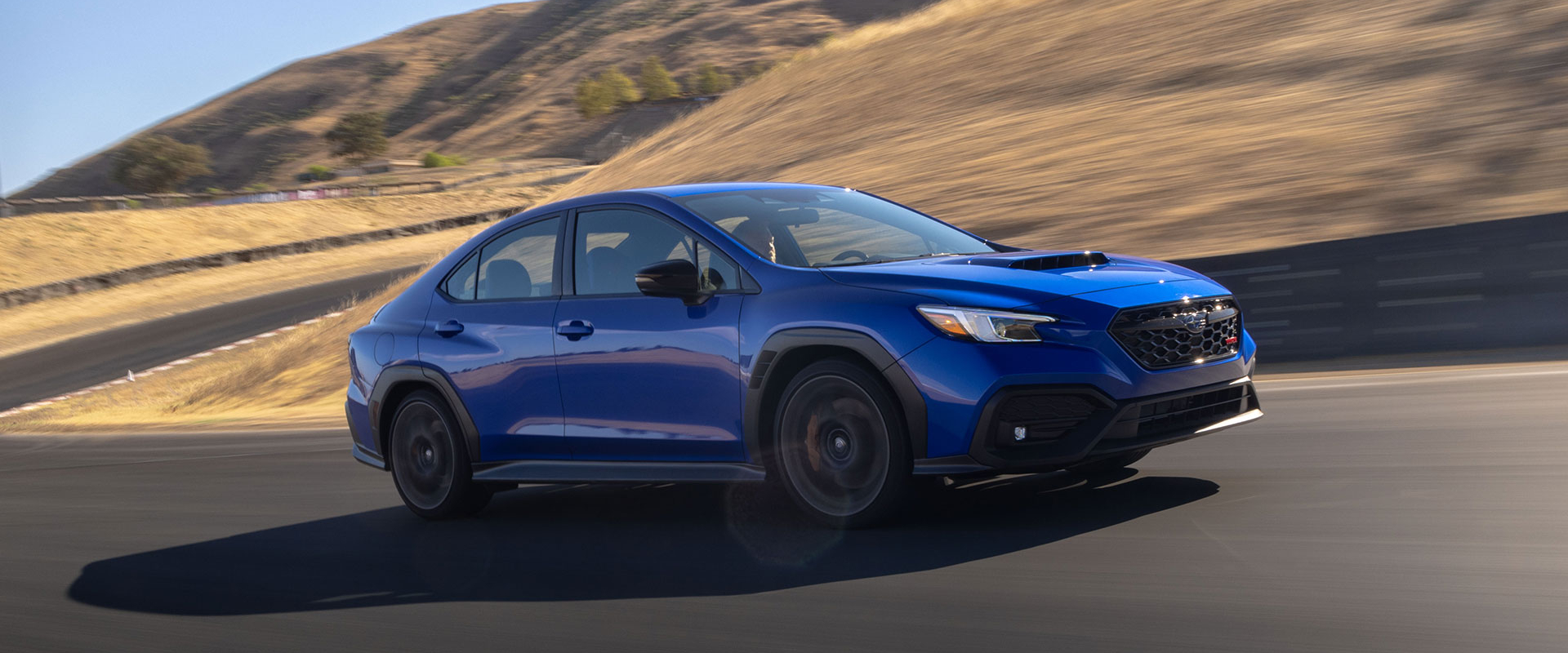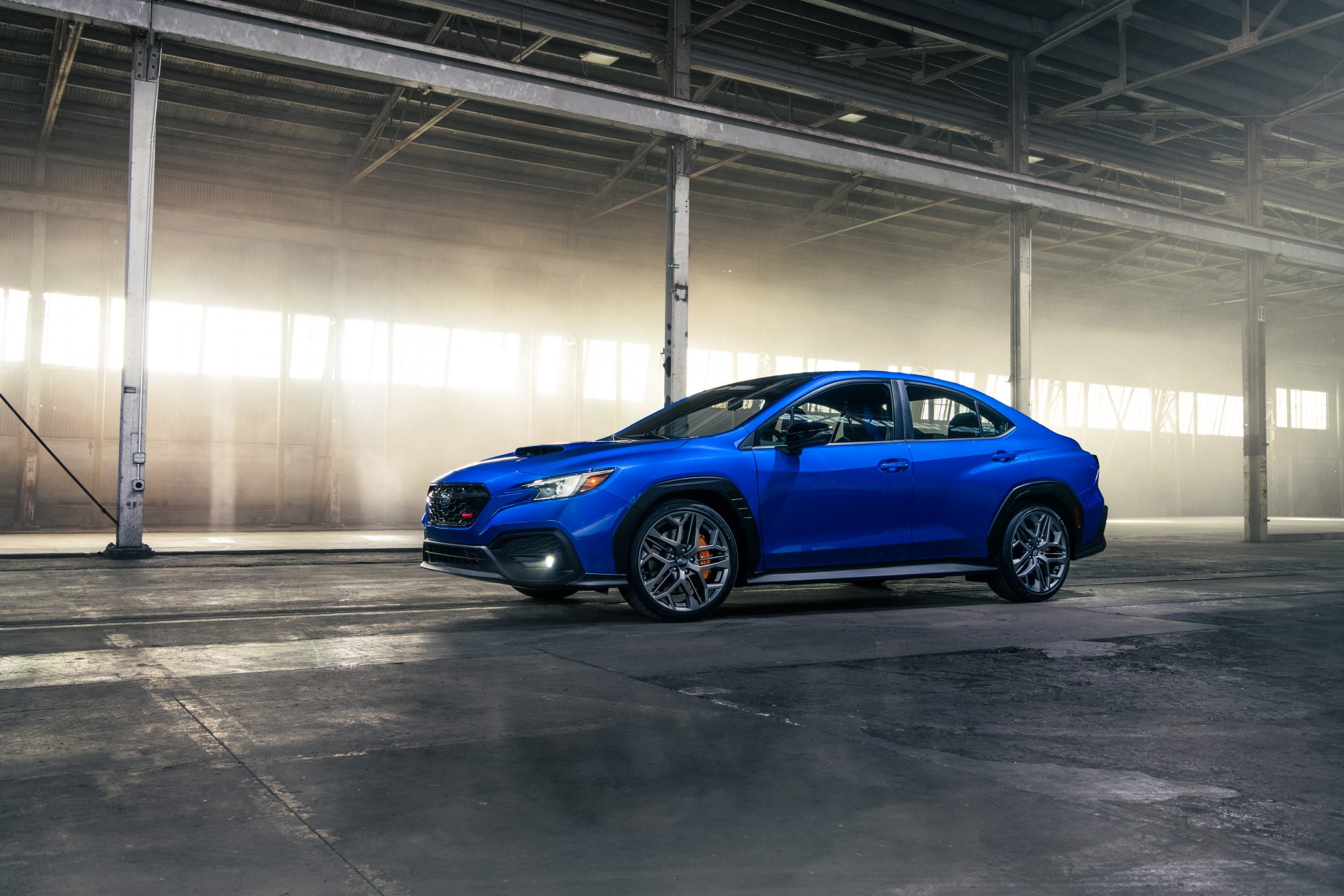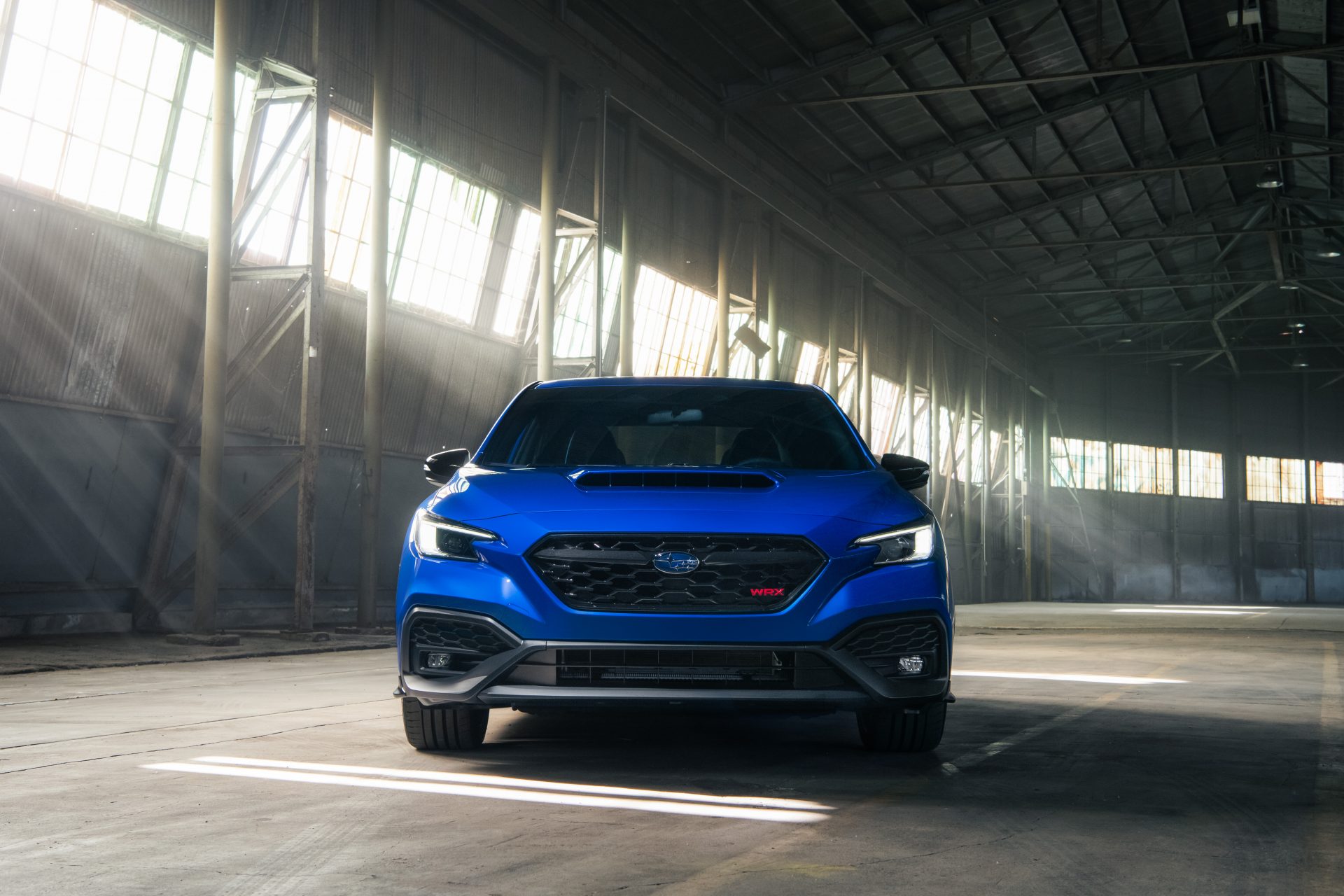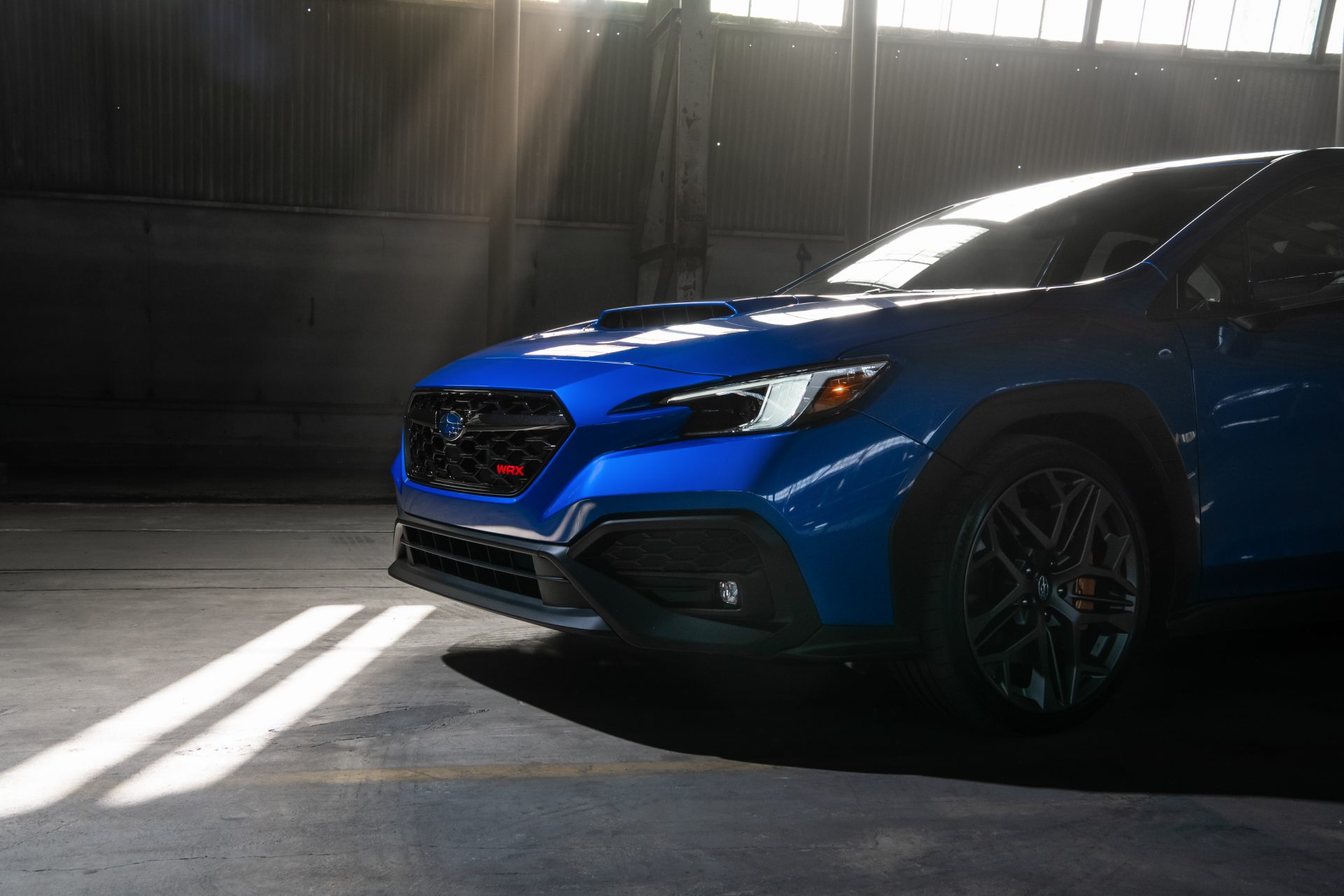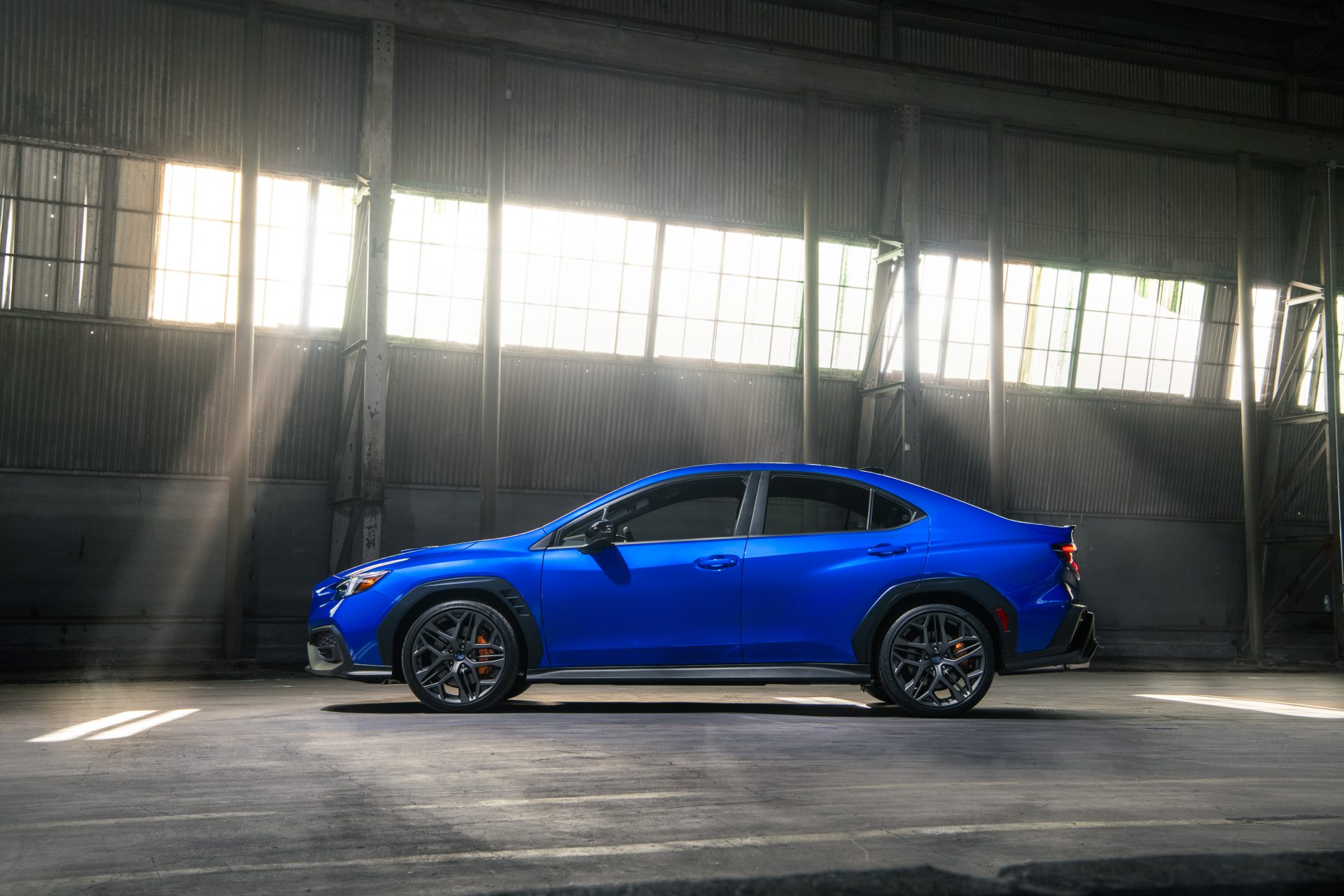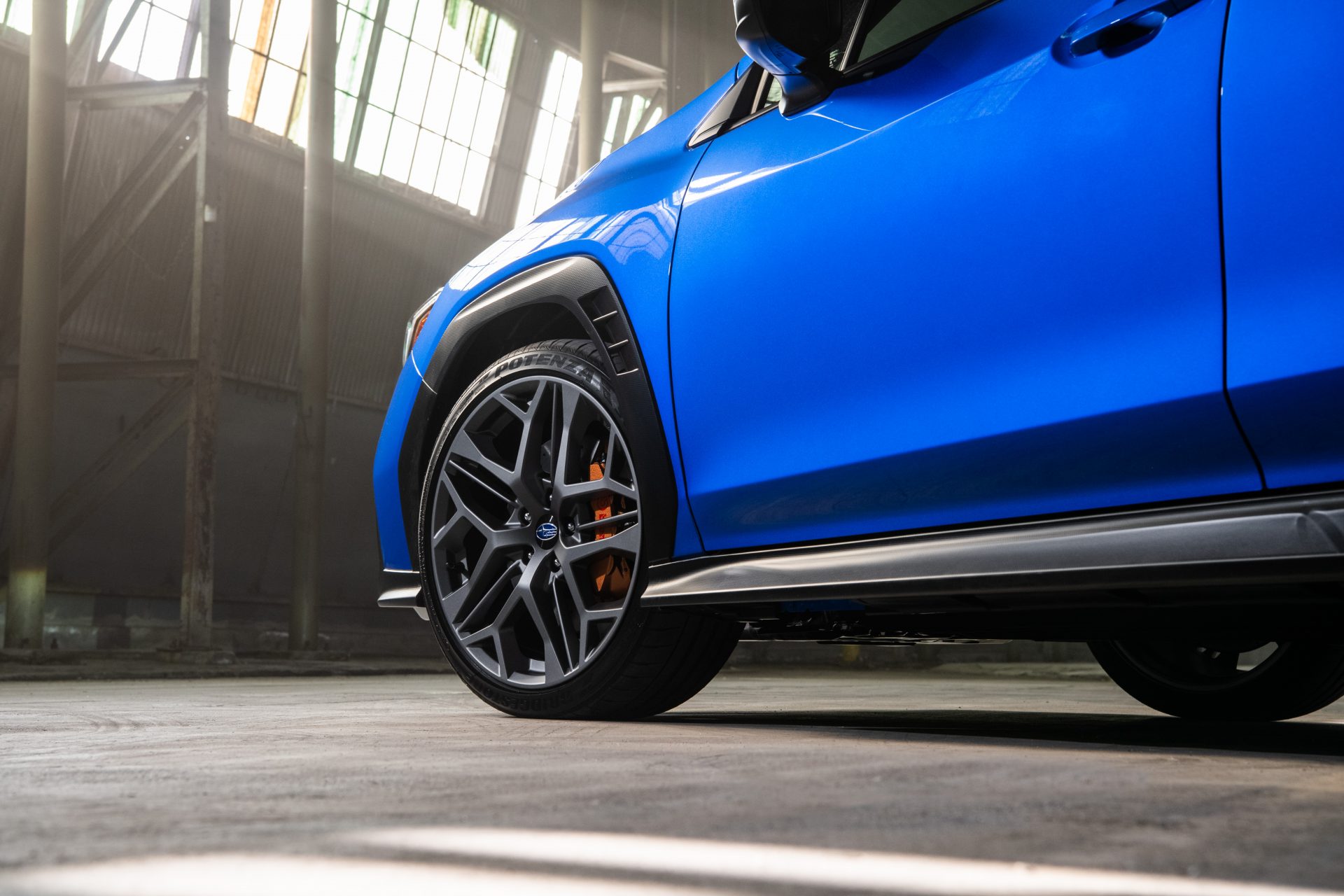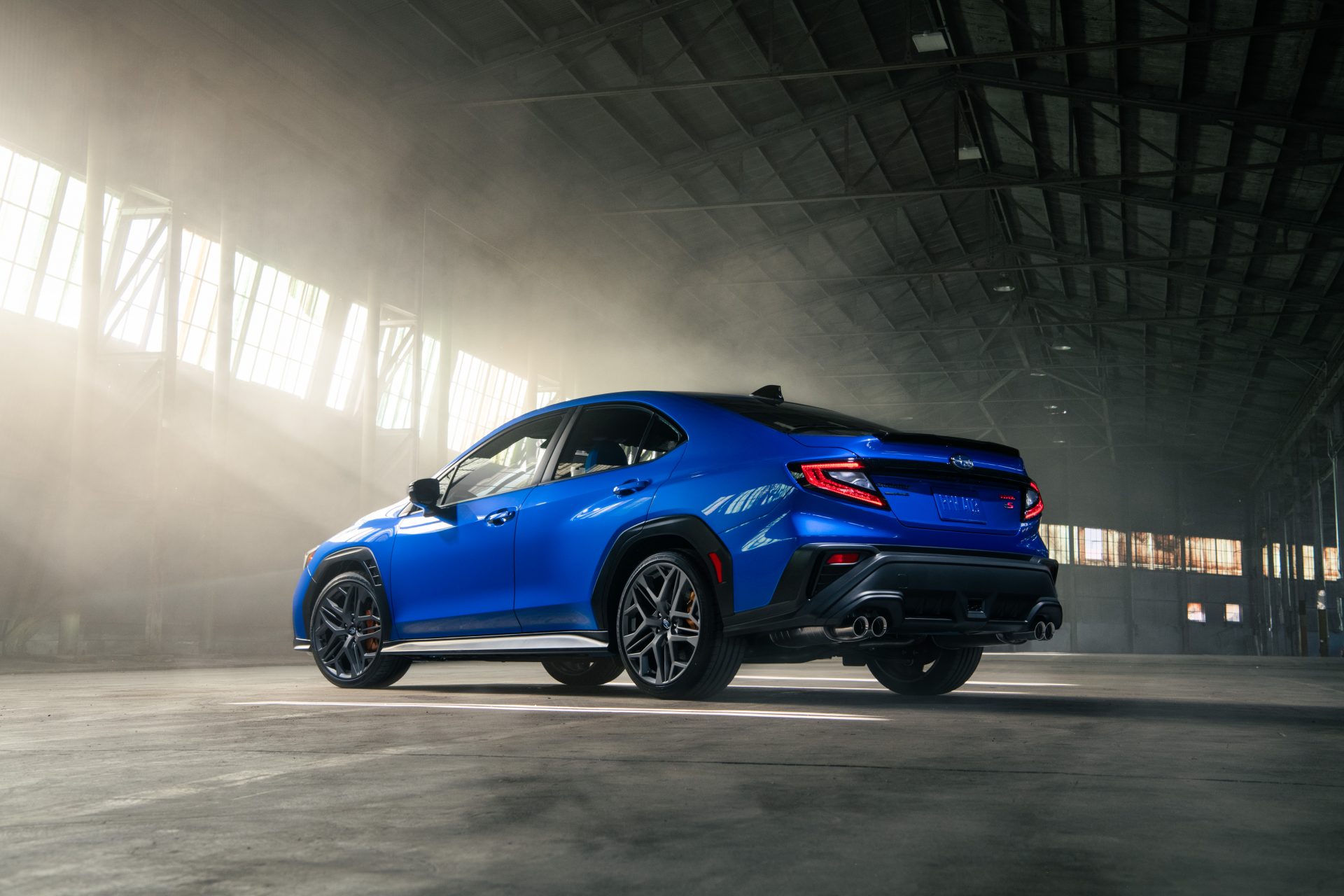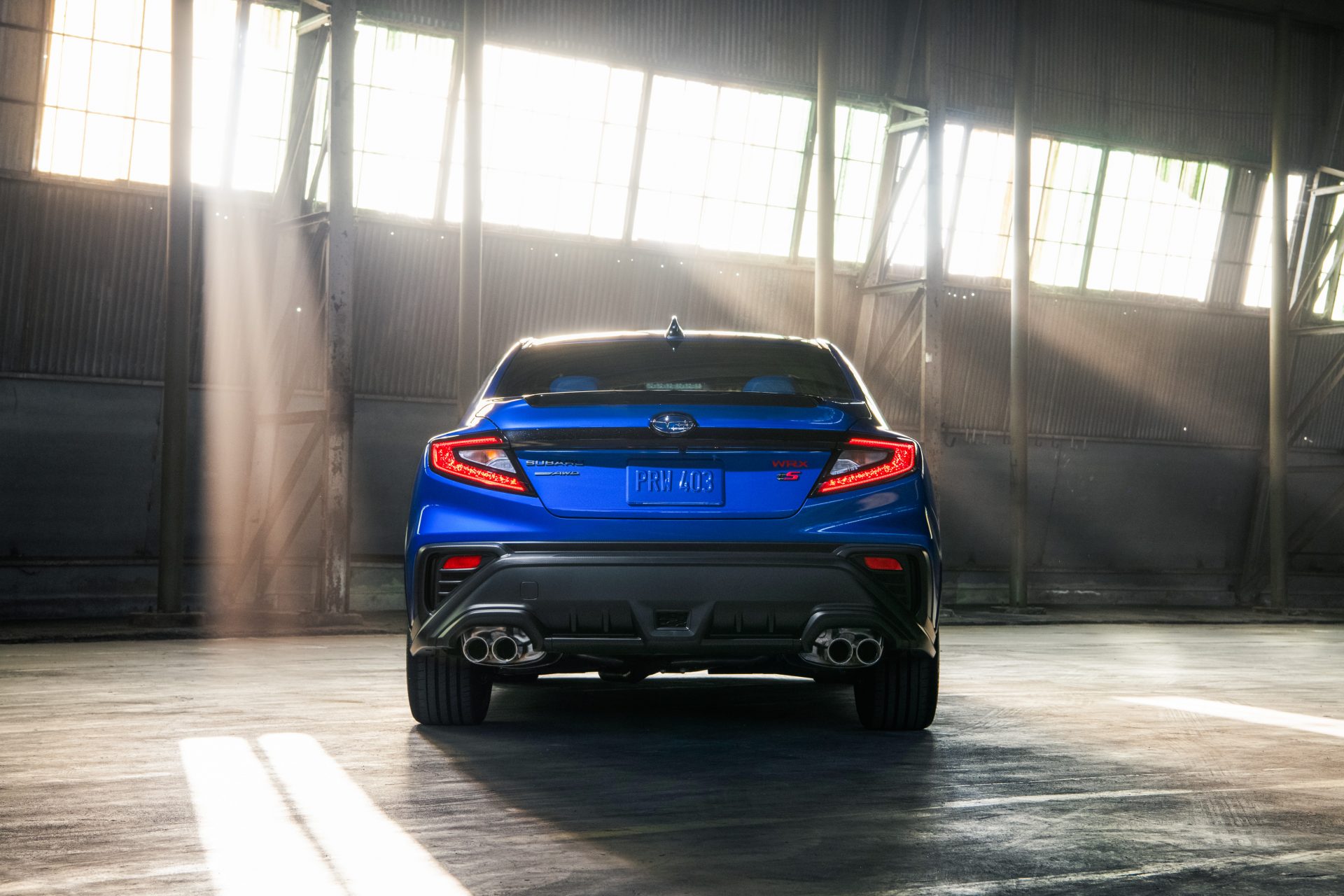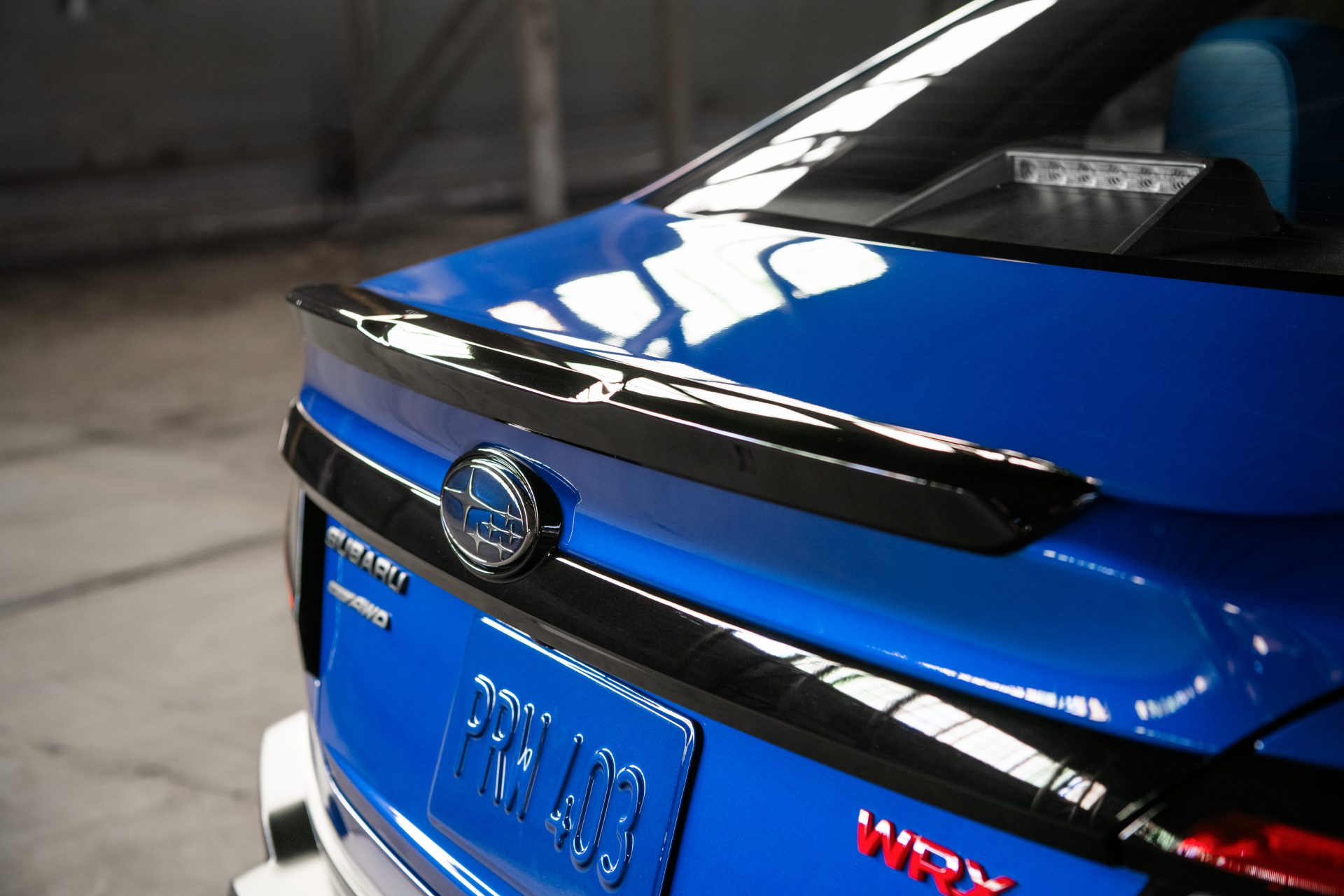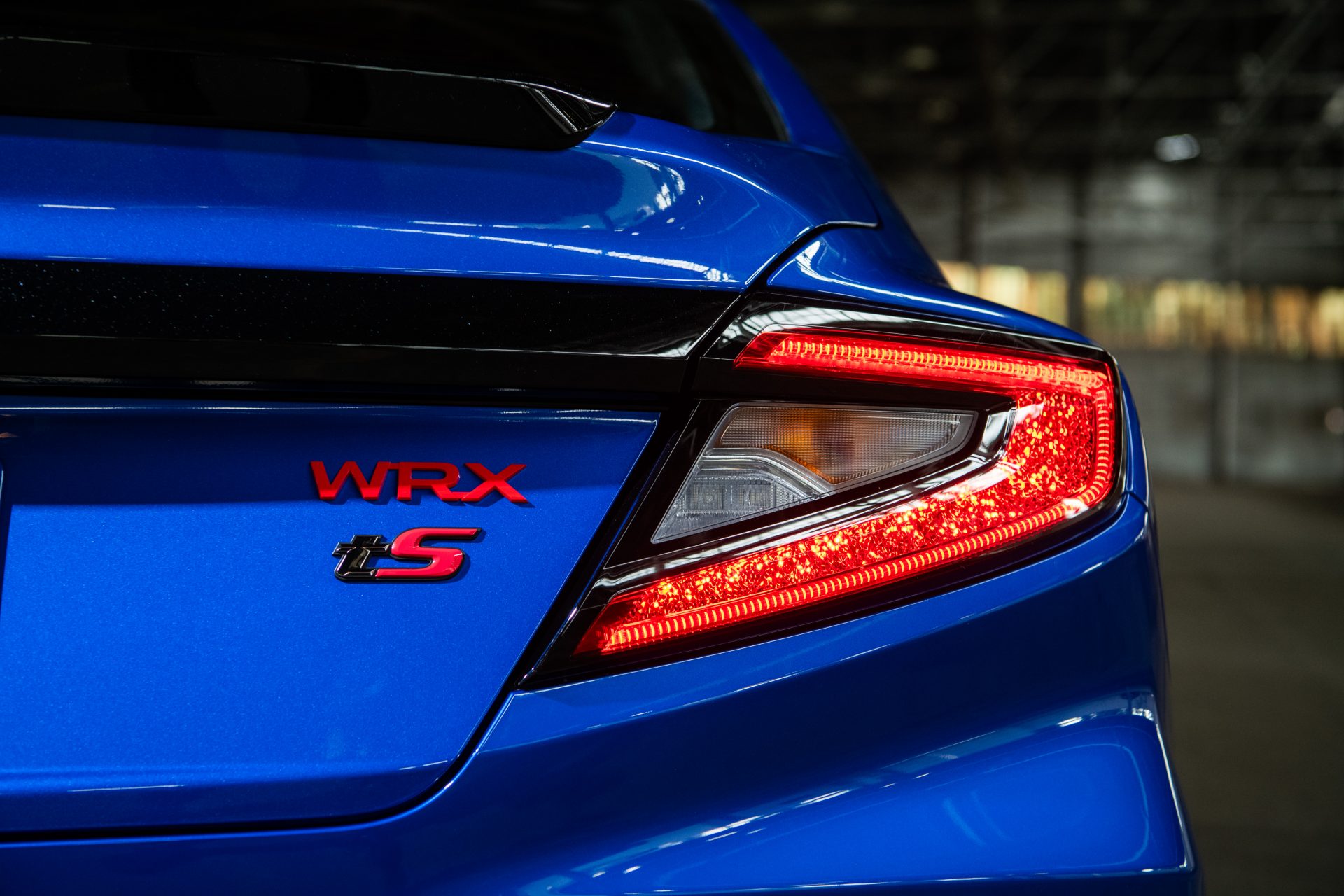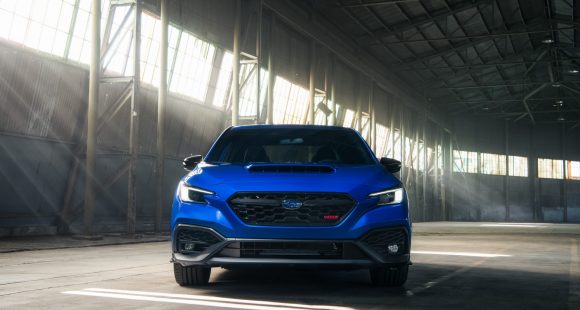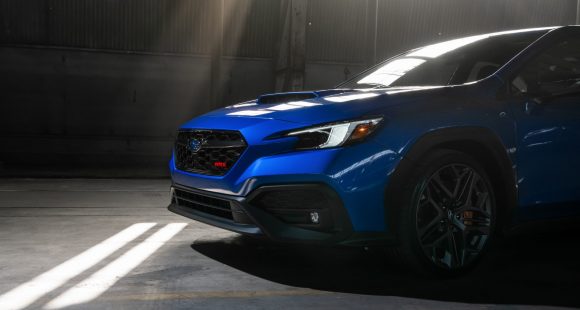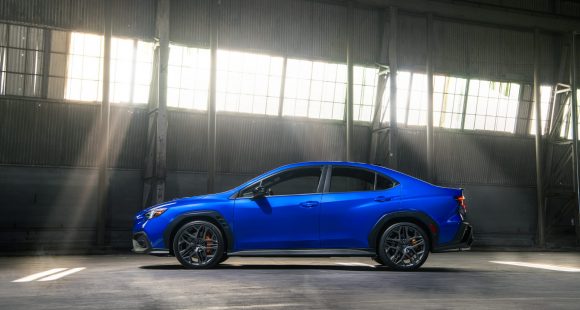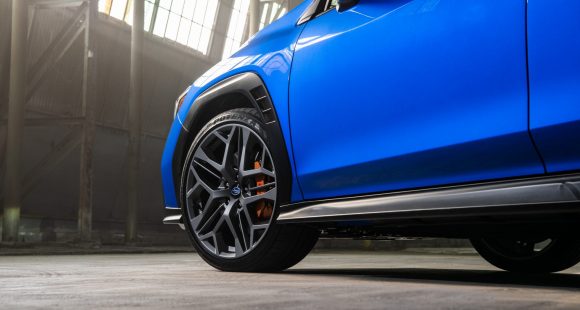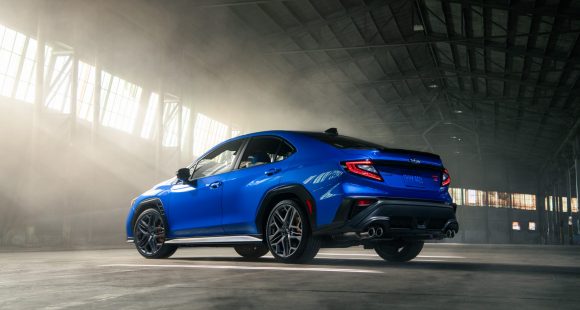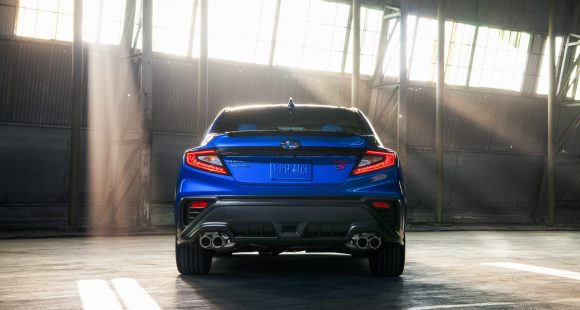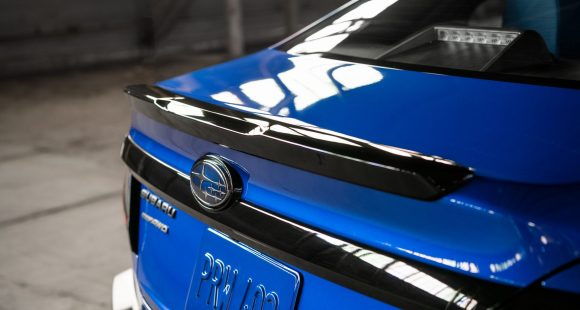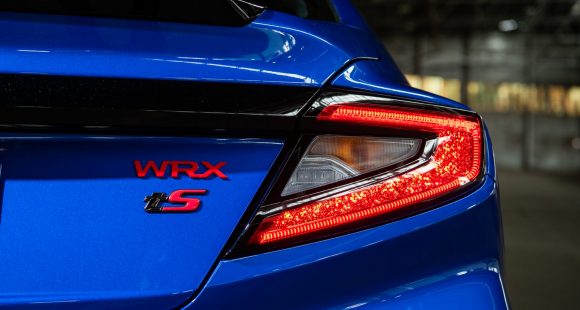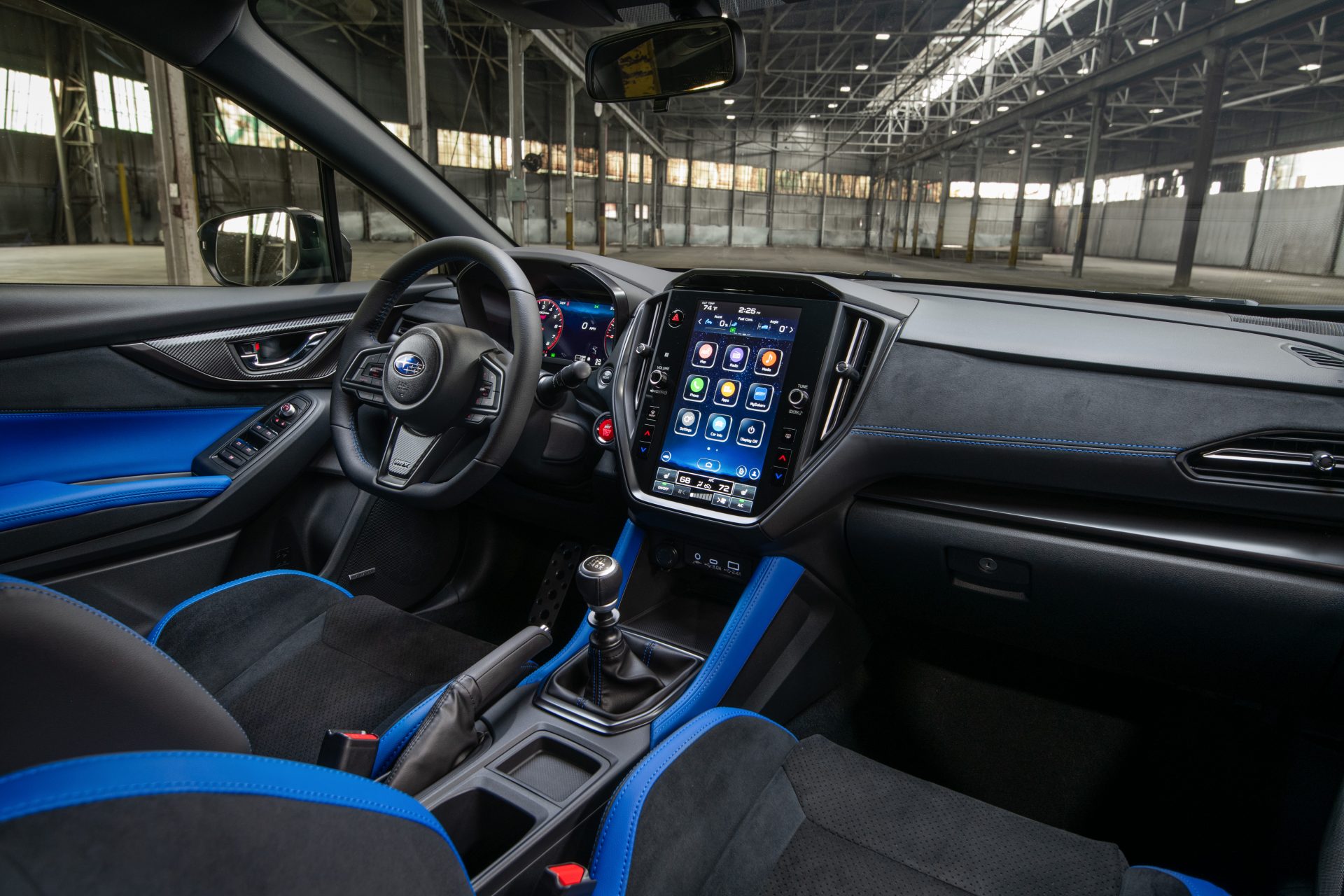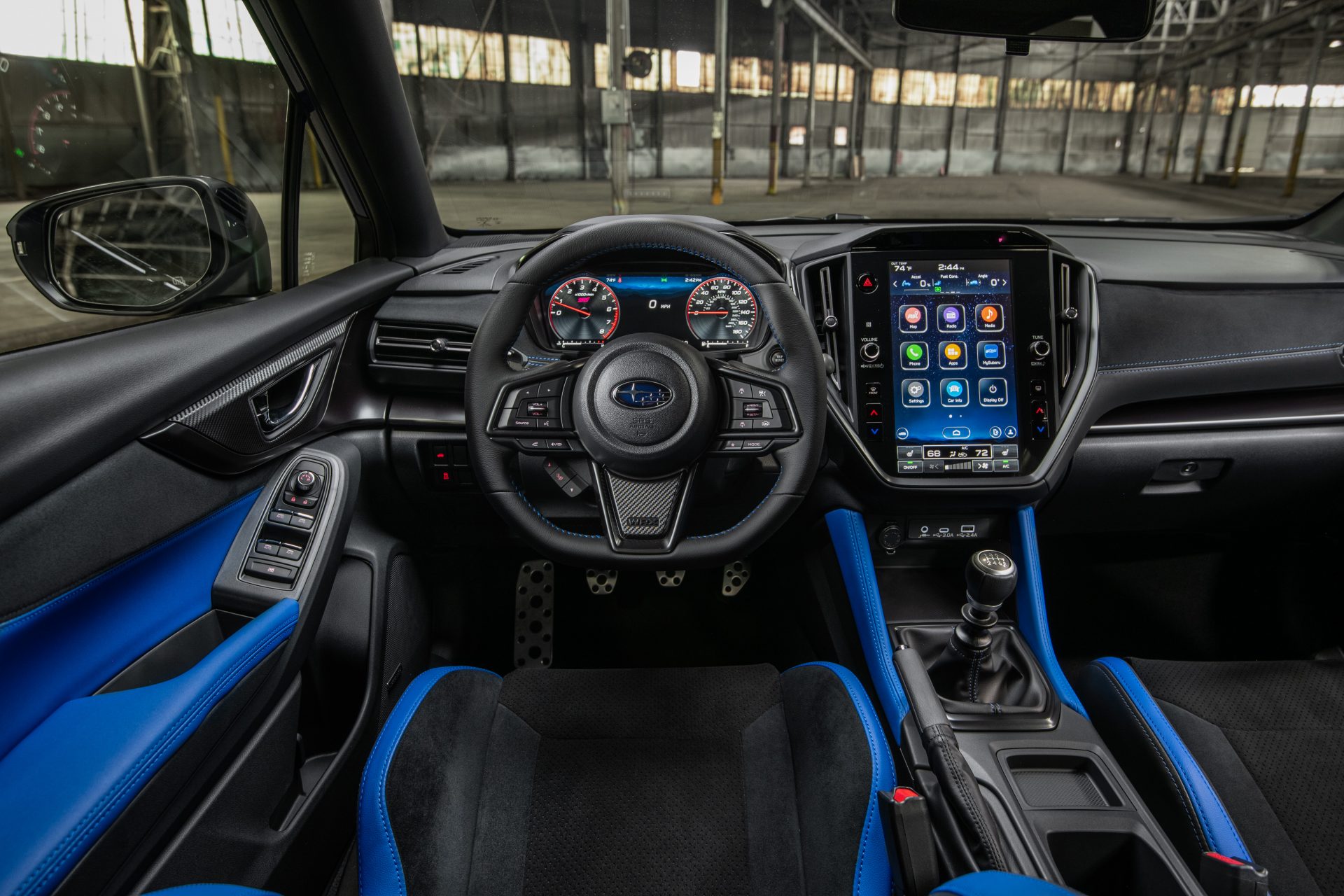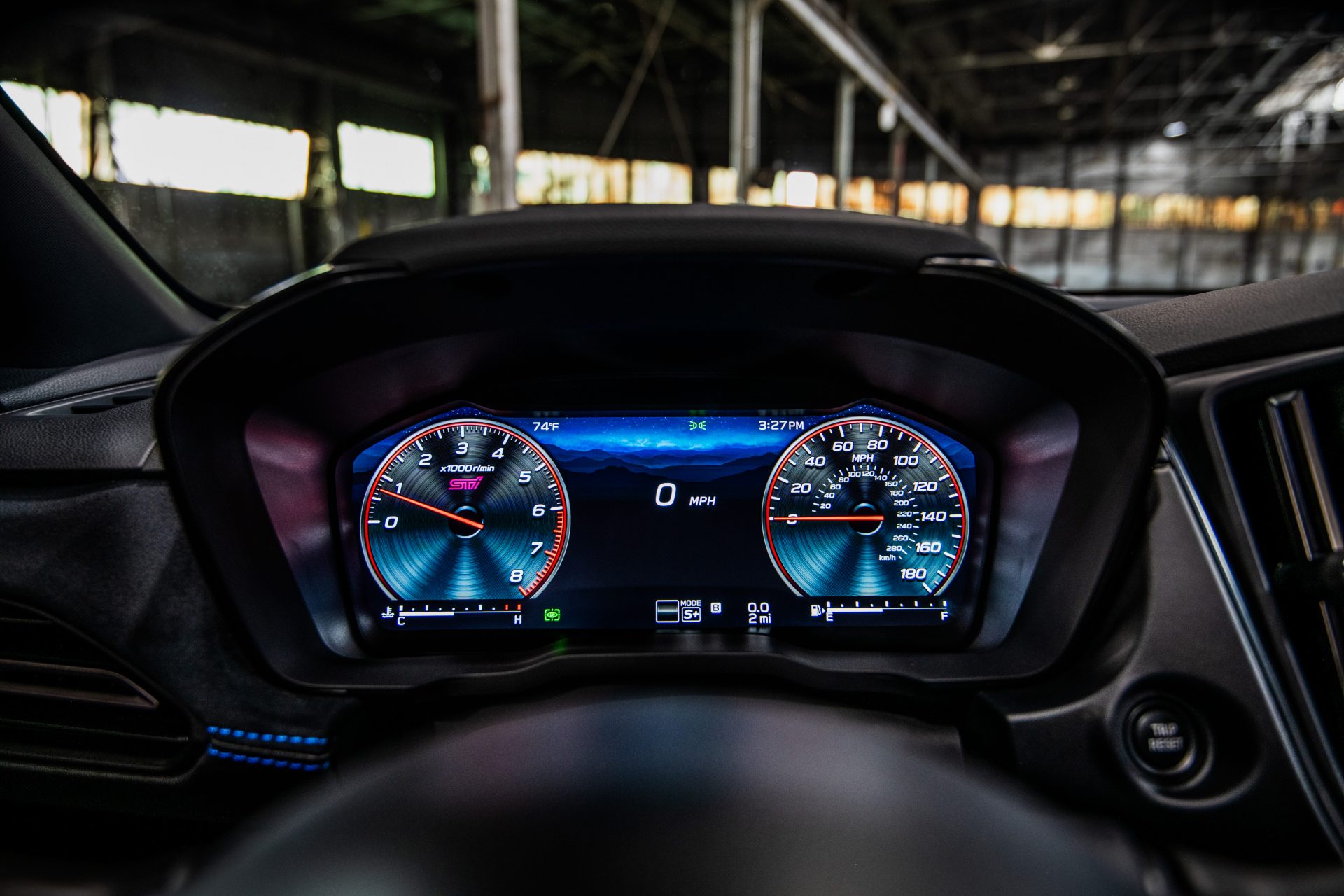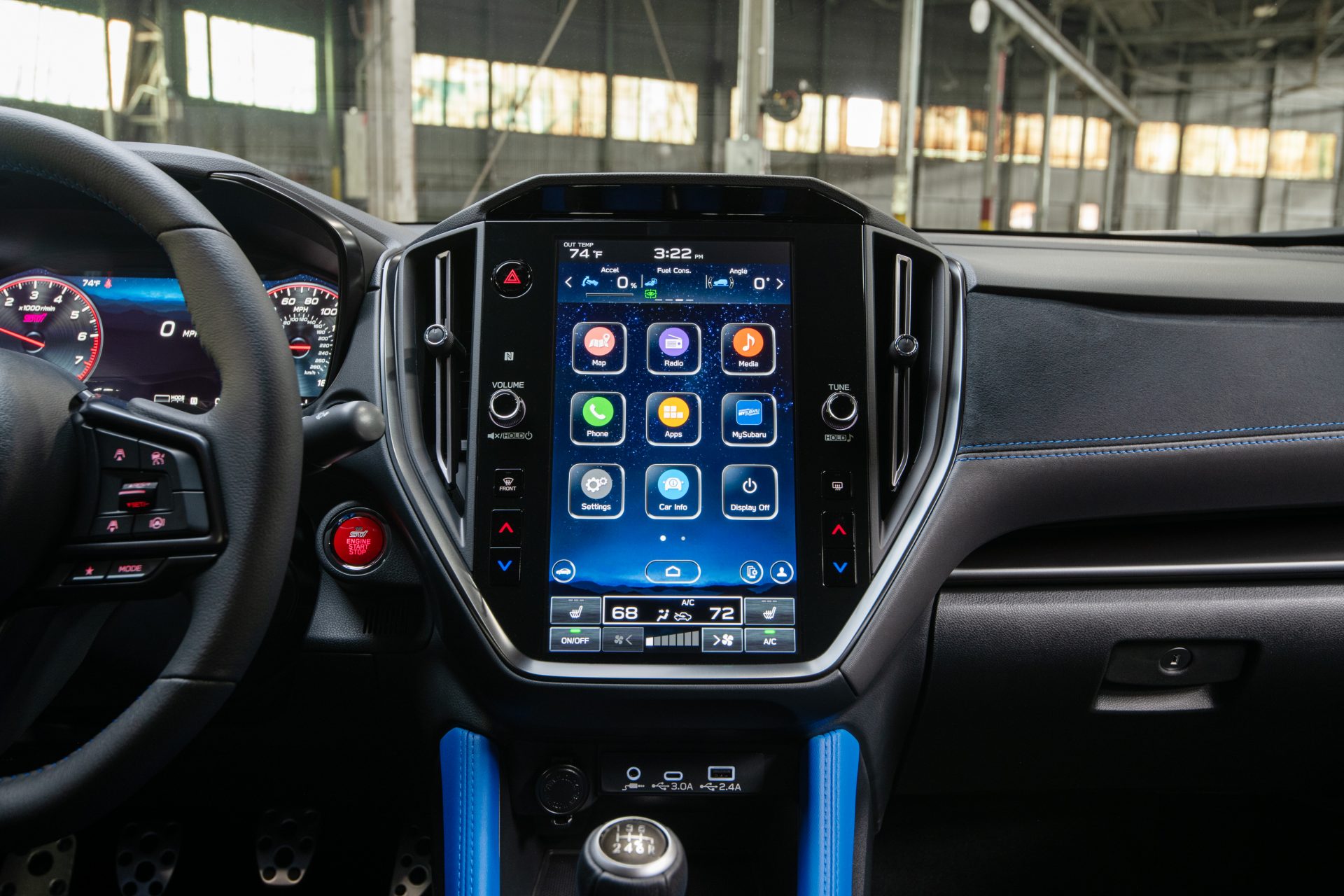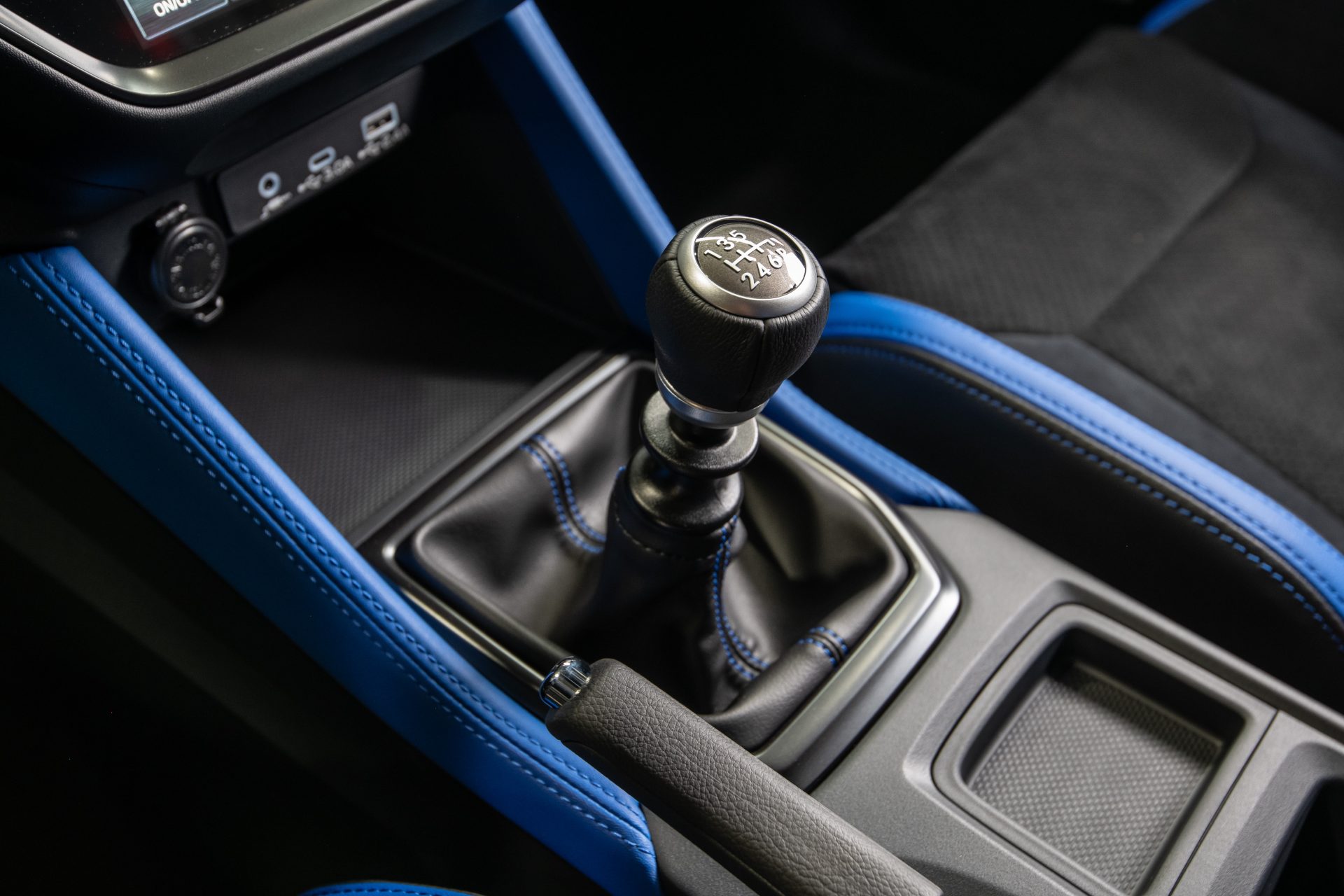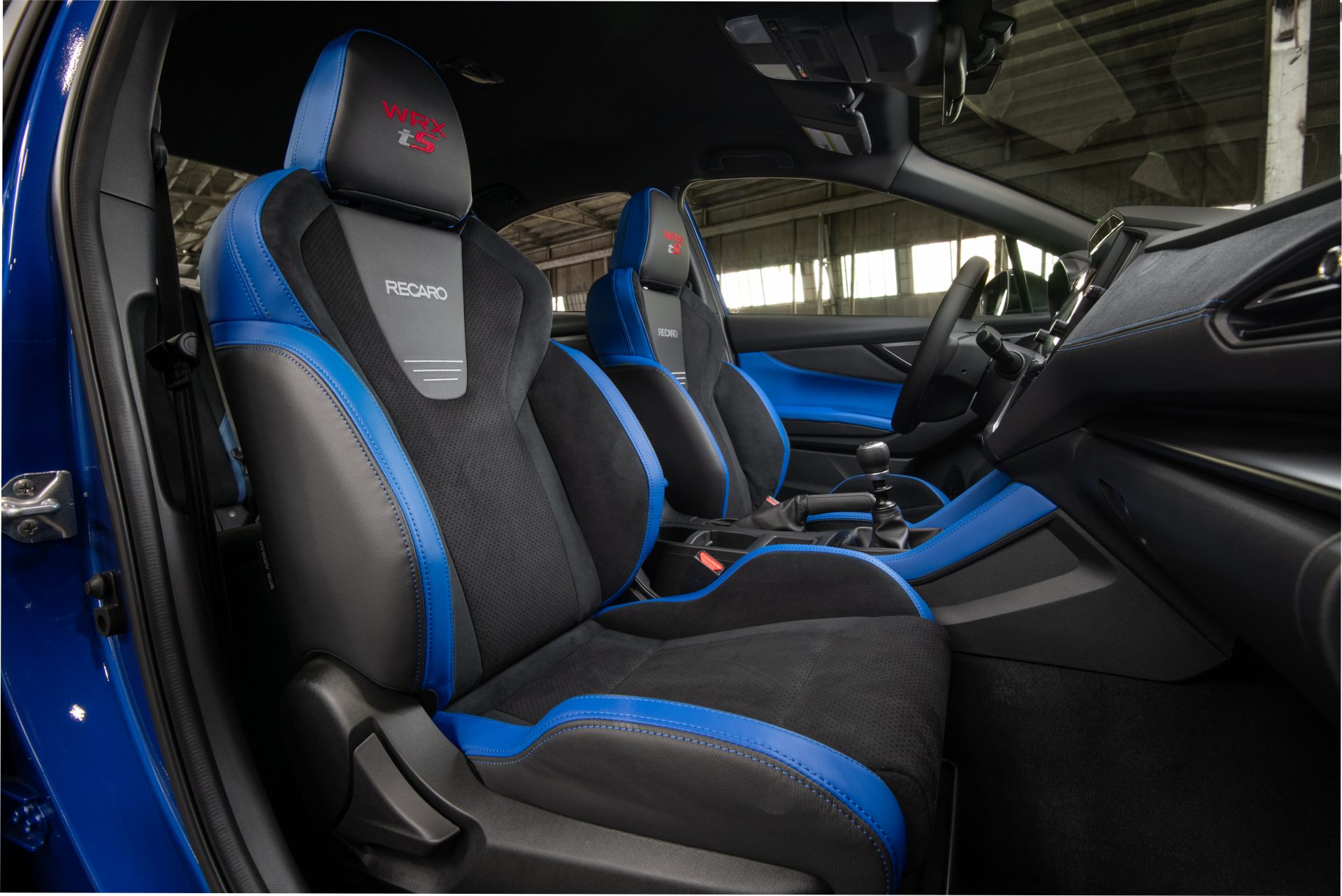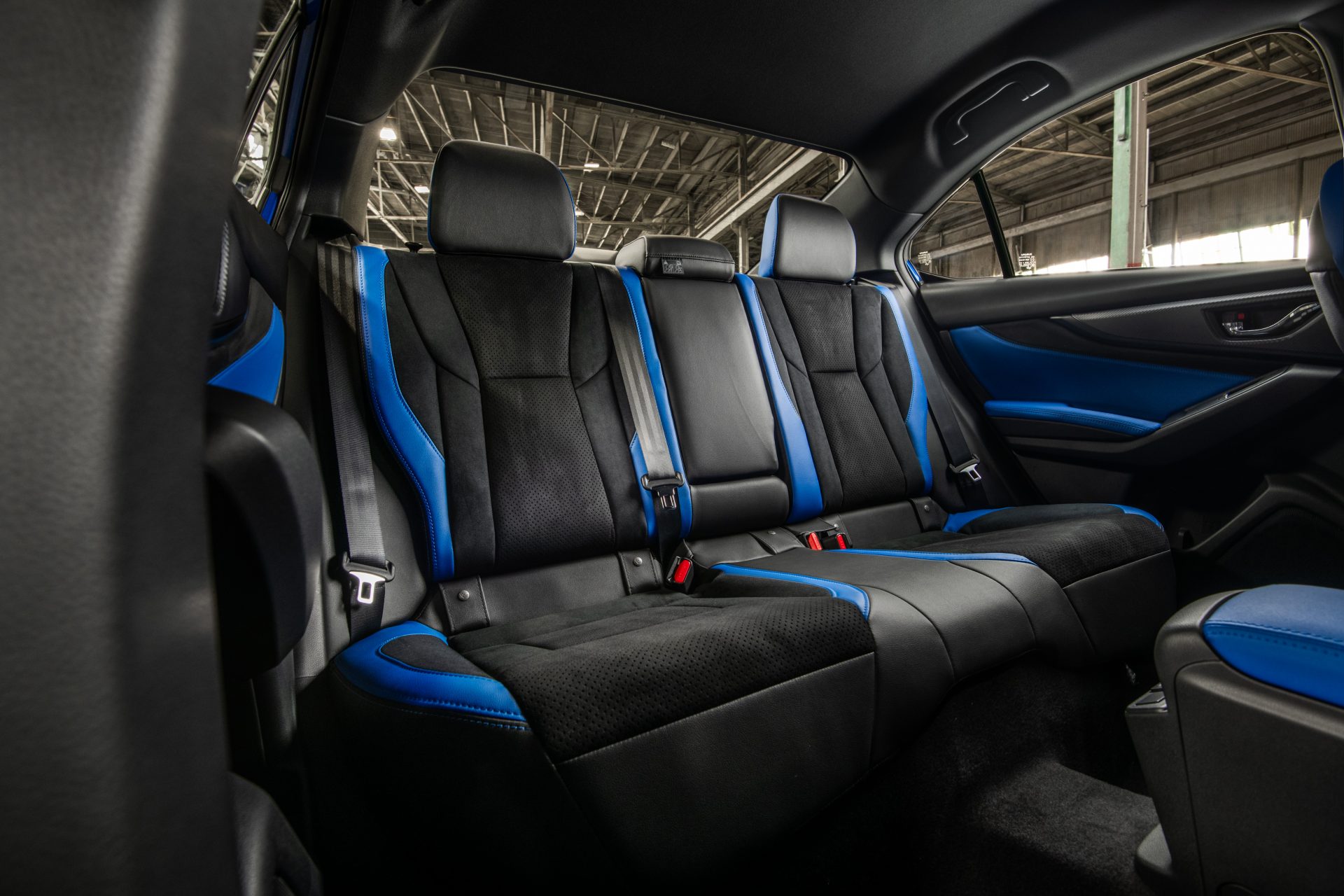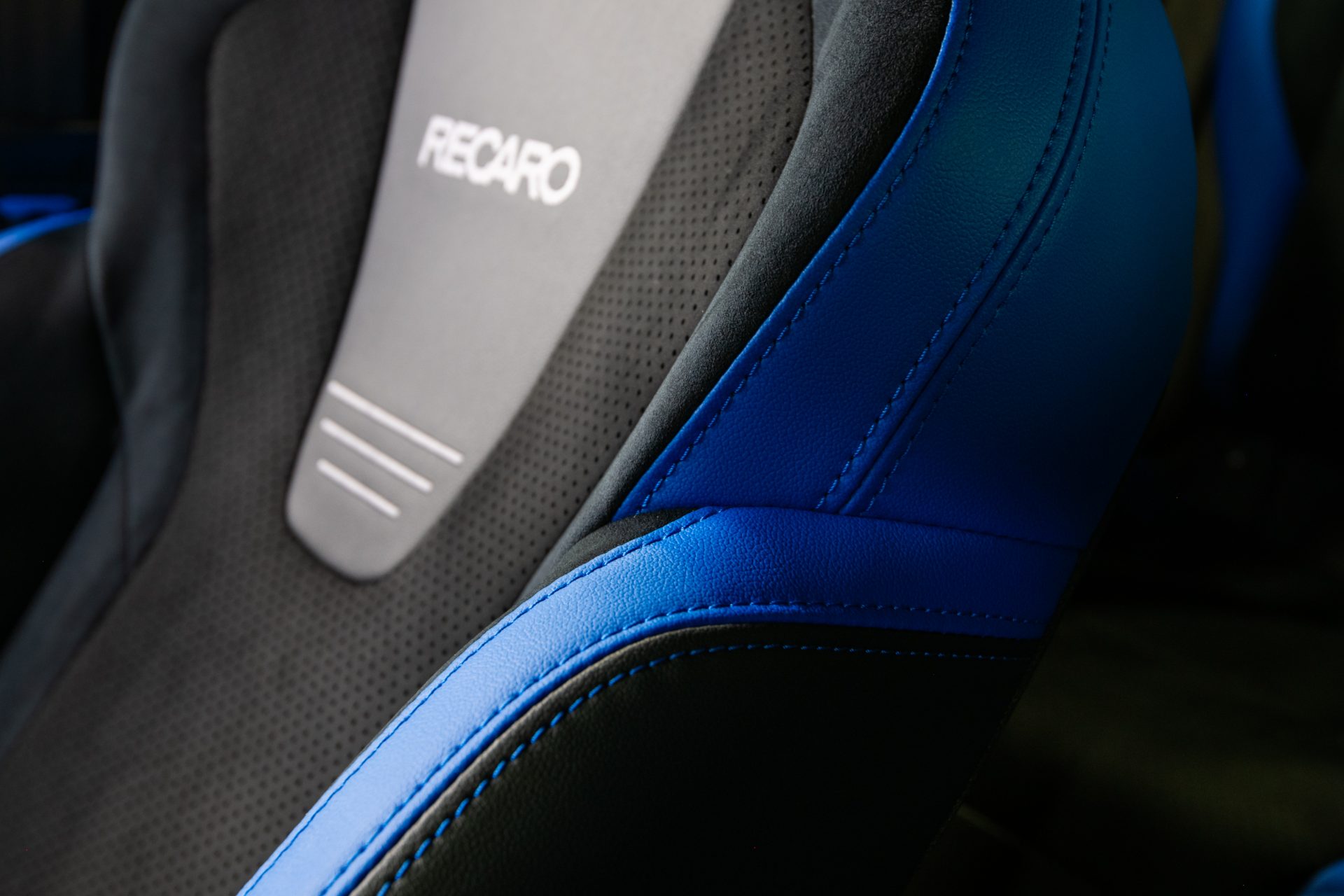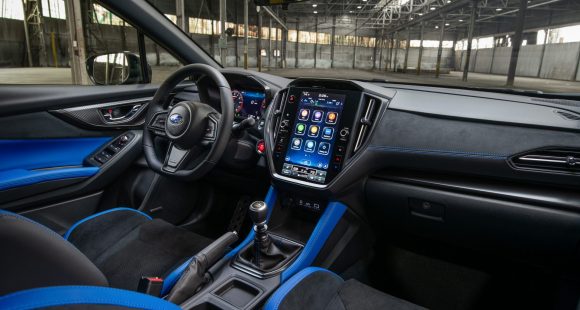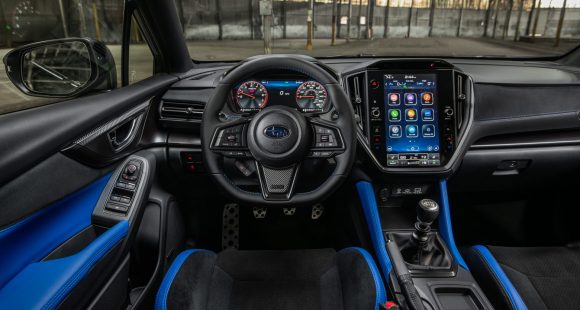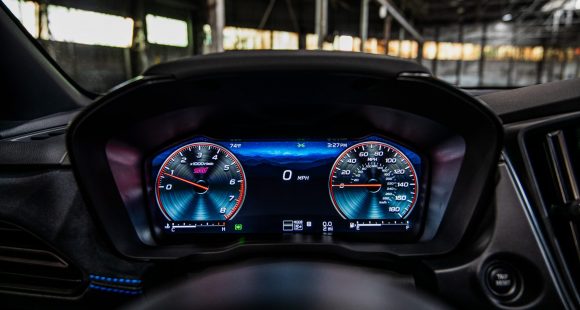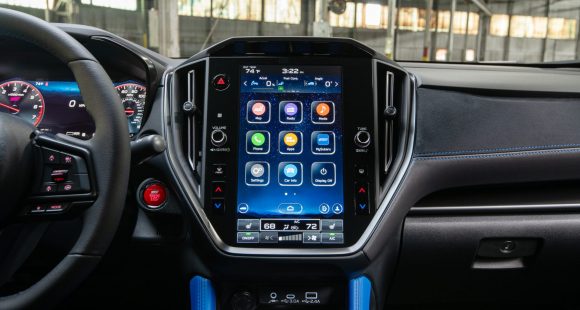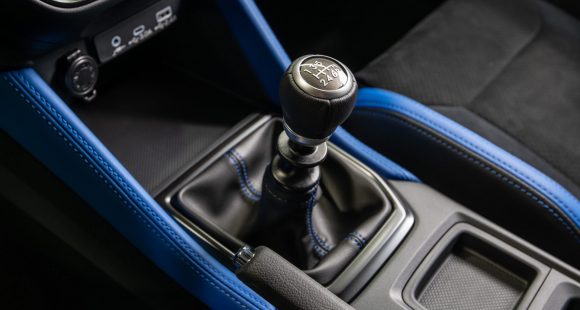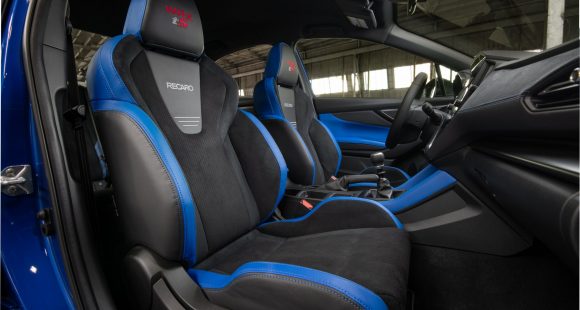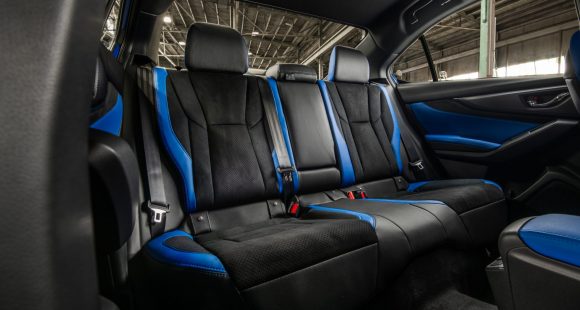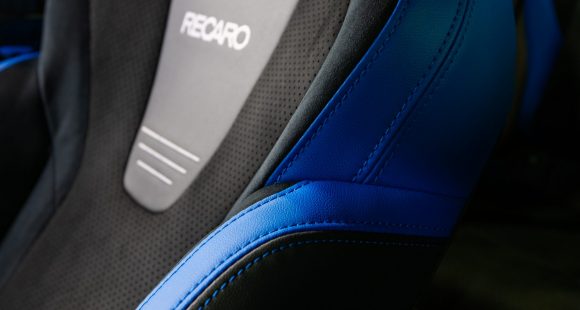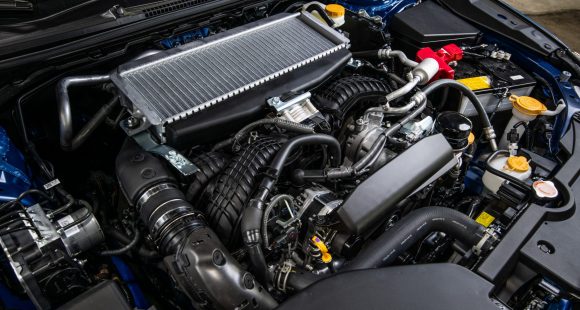2018 Chevrolet Traverse
General Motors pretty much kicked off the large 3-row crossover movement with their 2007 Saturn Outlook. but, it didn’t take long for rivals to one-up the general with slightly smaller and nimbler competition. Since 2009, the Chevrolet Traverse has been the lambda platform’s volume leader. and, while clearly a sales success, it really hasn’t changed much over the years. until now that is. For 2018, what’s old is new again.
Indeed, GM has plenty of experience building 3-row utilities; both in the old school SUV fashion, as well as in today’s more popular crossover style. This 2018 Chevrolet Traverse shares the new global C1XX…or “Chi” platform…with the GMC Acadia and Buick Enclave as before, but thankfully GM continues to increase separation between brands.
On that note, the Traverse is on the long wheelbase version, same as Enclave, while Acadia is on the standard “Chi”.
At 204.3-inches, that gives Traverse about a foot more overall length than its GMC kin. Also, Traverse is the only one of the trio setup for 8-passenger seating.
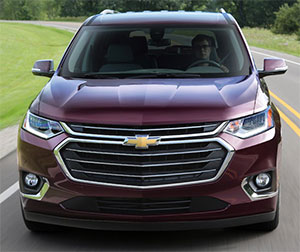 Styling is always personal, but sleeker is a word we’ll use. While it’s slightly longer, the new Traverse looks leaner and less bloated, especially on profile, which we think favors the rival Ford Explorer.
Styling is always personal, but sleeker is a word we’ll use. While it’s slightly longer, the new Traverse looks leaner and less bloated, especially on profile, which we think favors the rival Ford Explorer.
Base engine is still a 3.6-liter V6. Now with automatic stop/start, it also adds a tiny bit more displacement thanks to a larger cylinder bore, and ekes out a few more horsepower, at 310. Torque stays the same at 266 lb-ft.
It’s also helped by a new 9-speed automatic transmission.
Believe it or not, a 2.0-liter turbo-4 is the engine upgrade. It features less horsepower, at 255, but more torque at 295 lb-ft. Currently available only in sporty RS trim, and only in front-wheel-drive. All other trims except for the base L, can be equipped with all-wheel-drive; while top level High Country models get a more advanced twin-clutch traction system.
Our time with a front-wheel-drive 3.6-liter, revealed that it remains totally adequate for performing family hauling and commuting duties, but never feels overly powerful. Max. towing is actually down 200-lbs. from last year to an even 5,000.
The 9-speed certainly helps fuel economy, as the Government Ratings are up across the board; now at 18-City, 27-Highway, and 21-Combined. We averaged a good 22.9 miles-per-gallon of Regular.
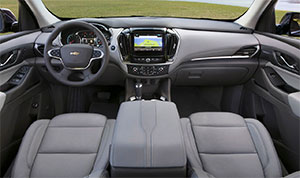 For a reasonable, for an SUV, Energy Impact Score of 15.7-barrels of yearly oil use and 6.9 tons of CO2 emissions. 2.0-liter fuel economy ratings are 20-City, 26-Highway, and 22-Combined.
For a reasonable, for an SUV, Energy Impact Score of 15.7-barrels of yearly oil use and 6.9 tons of CO2 emissions. 2.0-liter fuel economy ratings are 20-City, 26-Highway, and 22-Combined.
Better news than all of that, is that the new Traverse fully feels nimbler behind the wheel; on the street at least, which is certainly where the Traverse behaves best. But with that, comes a sense that it’s not quite as solid feeling as some in the segment.
And, on our handling course, we still fought plenty of understeer; steering feel has noticeably improved, but we’d still consider it slow to respond to inputs.
Grunty low-end torque makes for an efficient leap off the line. The quick-revving 6 delivers power stoically throughout the range. We hit 60 more than a second quicker than in our last Traverse test at 6.9-seconds; with the full ¼-mile taking 15.3-seconds at 93 miles-per-hour.
With fade-free, consistent stops from 60 of just 118-feet; we give it very high marks for braking too.
 Don’t know if it’s an early software issue or not; but away from the track, the new 9-speed transmission seemed a little clumsy at times; something we didn’t notice with the more refined driving experience of the new Buick Enclave.
Don’t know if it’s an early software issue or not; but away from the track, the new 9-speed transmission seemed a little clumsy at times; something we didn’t notice with the more refined driving experience of the new Buick Enclave.
“Large and in charge” is the theme inside, with more than adequate room in all seating positions, including the 3rd row…and cargo capacity that’s among class best at 23.0 cubic-ft. behind the 3rd row, 58.1 behind the 2nd, and 98.2 with all seats folded.
Our tester was sensibly equipped in LT trim, which some found a little disappointing. But, High-dollar High Country and RS trims are available if maxing out the bling factor is important to you.
There’s plenty of tech to go around, including GM’s rear camera mirror, 4G LTE Wi-Fi, Apple Car Play and Android Auto, along with lane keep assist and automatic braking.
Traverse pricing is on par with the segment, starting at a reasonable $30,925 and escalating to the very cushy High Country at $53,095.
It’s no secret that GM’s big 3-row crossovers were long overdue for a complete update. And there’s no argument that the 2018 Chevrolet Traverse is now fully improved and modernized. However, we do wonder if GM went far enough. Just being bigger and a bit better doesn’t really cut it in a class where options are many. Still, we do think Chevrolet did enough to be solidly competitive, and the new Traverse will certainly be plenty appealing to all those that prefer their family ride have a domestic name.
Specifications
- Engine: 3.6 liter / 2.0 liter
- Horsepower: 310 / 255
- Torque: 266 lb-ft. / 295 lb-ft.
- 0-60 mph: 6.9 seconds
- 1/4 mile: 15.3 seconds @ 93 mph
- EPA: 18 mpg city / 27 mpg highway
- Energy Impact: 15.7 barrels of oil/yr
- CO2 Emissions: 6.9 tons/yr
2025 Subaru WRX tS
Subaru’s “World Rally eXperimental” Gets Tecnica-Tuned Tech
Building on its global rally heritage, WRX has been a standalone Subaru nameplate, marketed separately from garden variety Impreza, for two generations now. And while the current WRX still lacks the full STI treatment, this WRX tS serves up some of that high-performance spice we’ve been longing for.
Before we go flat out into our Track Test of this 2025 Subaru WRX tS, lets open the Subaru dictionary so we’re all on the same page. “tS” stands for “tuned by STI;” and “STI” is an acronym for “Subaru Tecnica International,” the brand’s high-performance sub-group best known for upgrading the WRX— oh, that stands for “World Rally eXperimental,” in case you didn’t know.
All that said, STI has been largely dormant for this WRX generation, but this tS sprinkles more of their engineering magic into the mix. No, that doesn’t mean extra power, but does mean significant chassis-related improvements.
First, electronically controlled dampers, adjustable through the 11.6-inch tablet-style infotainment screen. That meant a softer “comfort” mode on the 10+ hour commute to and from Savannah’s Roebling Road Raceway. But once we were there, it was the firmer “Sport+” setting all the way, heightening response from the WRX’s throttle and already quick dual-pinion power steering system. There’s still some body roll for rally-esque weight transfer, but it’s well sorted and provides the “toss-ability” you want in a WRX.
Though if you do autocross your tS, which we implore you to do, you might feel the six-piston front, two-piston rear Brembo brakes first. The bite is strong, giving good rotation in the corners and plenty of “halt” for this 3,400 lb. compact with minimal fade, keeping us on track all week…until some unfortunate winter weather passed overhead. No worries here, as Subaru’s Symmetrical All-Wheel-Drive system got us to the track for some powdered deserts: Frosted donuts served up Michelin style, a set of winter tires different from the grippy Bridgestone Potenza S007 rubber the tS typically rides on. Some prior hot laps of California’s Sonoma Raceway gave credence to those Bridgestones, and showed us what this hot-compact can do in ideal conditions.
It’s well sorted and provides the “toss-ability” you want in a WRX.
Other tS enhancements are cabin-based, namely these beautiful blue Recaros. Most of our staff appreciated their moderately-aggressive bolstering on both street and track. And they’re even heated, too. Another tS-only appointment is this 12.3-inch digital gauge display. It mimics the standard analog gauges with some additional info, but can switch to a navigation mode for more convenient route guidance.
We do wish our tS came in the new Galaxy Purple or the trademark World Rally Blue, but this Crystal White paint wasn’t too shabby, contrasting its Cherry Blossom Red badging and blacked-out lip spoiler. Otherwise, the tS is like any other WRX, down to the hood scoop funneling air to the top-mounted intercooler.
Underneath is the same turbocharged 2.4-liter flat-four in all other trims, boxing at 271 horsepower and 258 lb-ft of torque. The freak winter weather stopped straight-line testing, but a 0-60 time estimate of 5.5 seconds is about as spry as you realistically need, pulling strong through most of the tach; though the 6,000 RPM redline required attentive shifting of the six-speed box, which the tS comes exclusively with. The throws are precise, if a little long, and the clutch is wonderfully weighted.
With discontinuation of the Base trim, pricing for the WRX now starts with Premium at $36,920. The tS is at the top of the lineup with the automatic-only GT, both starting at $46,875. All WRXs continue to be made in Gunma, Japan.
If you’re an enthusiast itching to do the tuning yourself, perhaps the 2025 Subaru WRX tS is not for you. But if you want a plug-and-play experience, this is it. While it won’t exactly bestow the loose-cannon, top-level driving skills exhibited by famous WRC drivers upon you, the tS moves this WRX’s game in a direction we’ve so desperately wanted Subaru to take.
Specifications
As Tested
- Engine: 2.4-liter flat-four
- Tranmission: 6-speed manual
- Horsepower: 271
- Torque: 258 lb-ft







